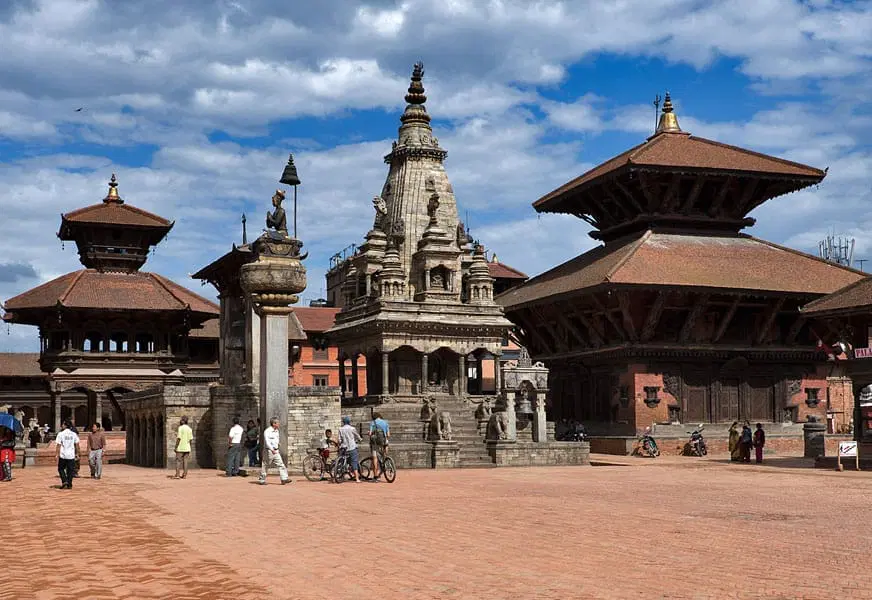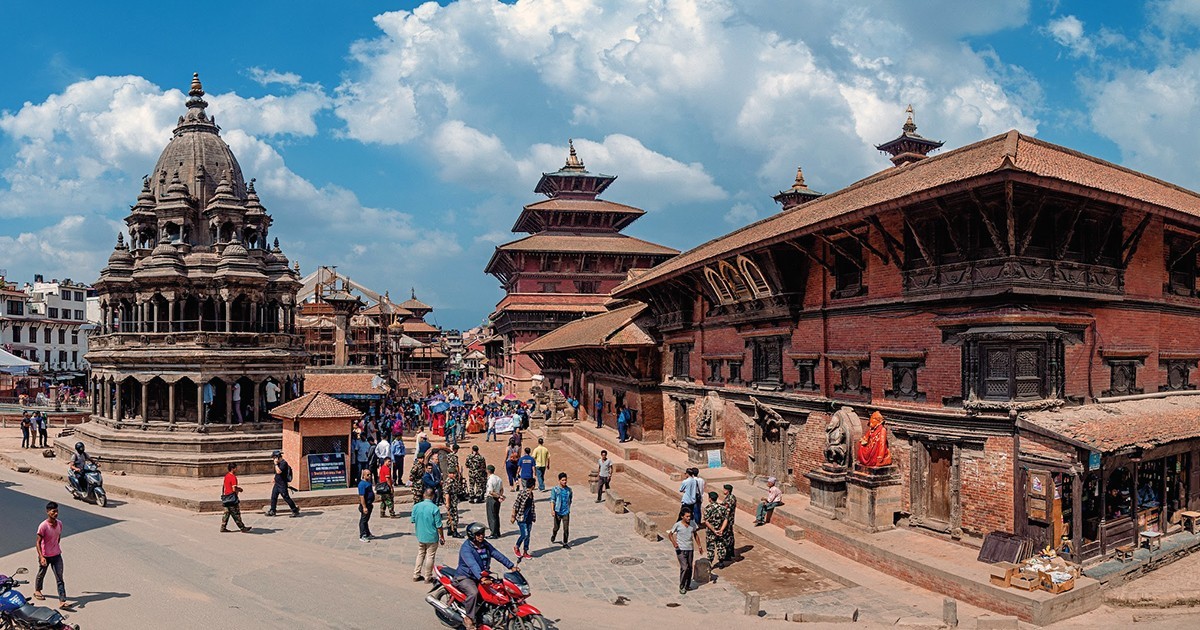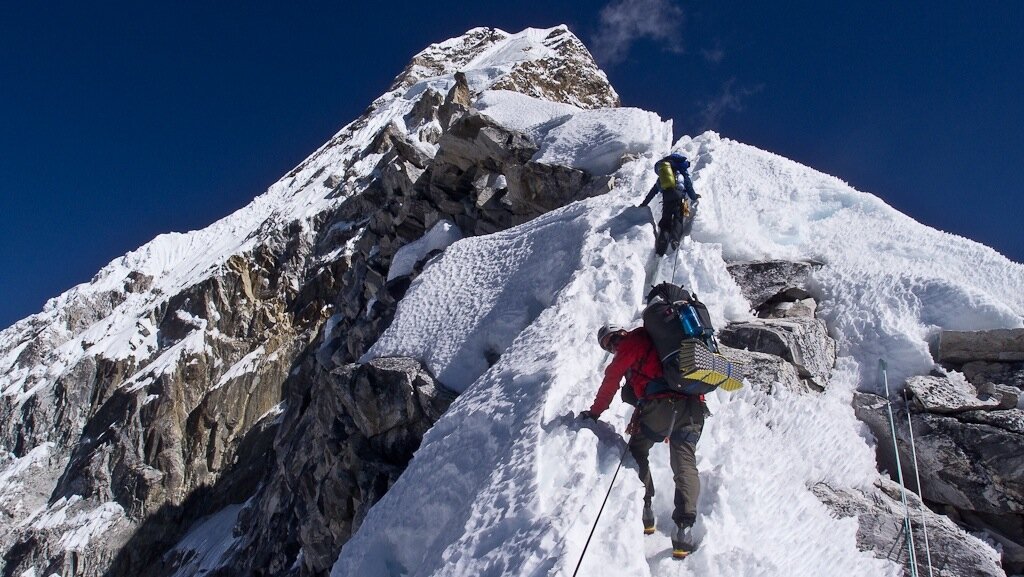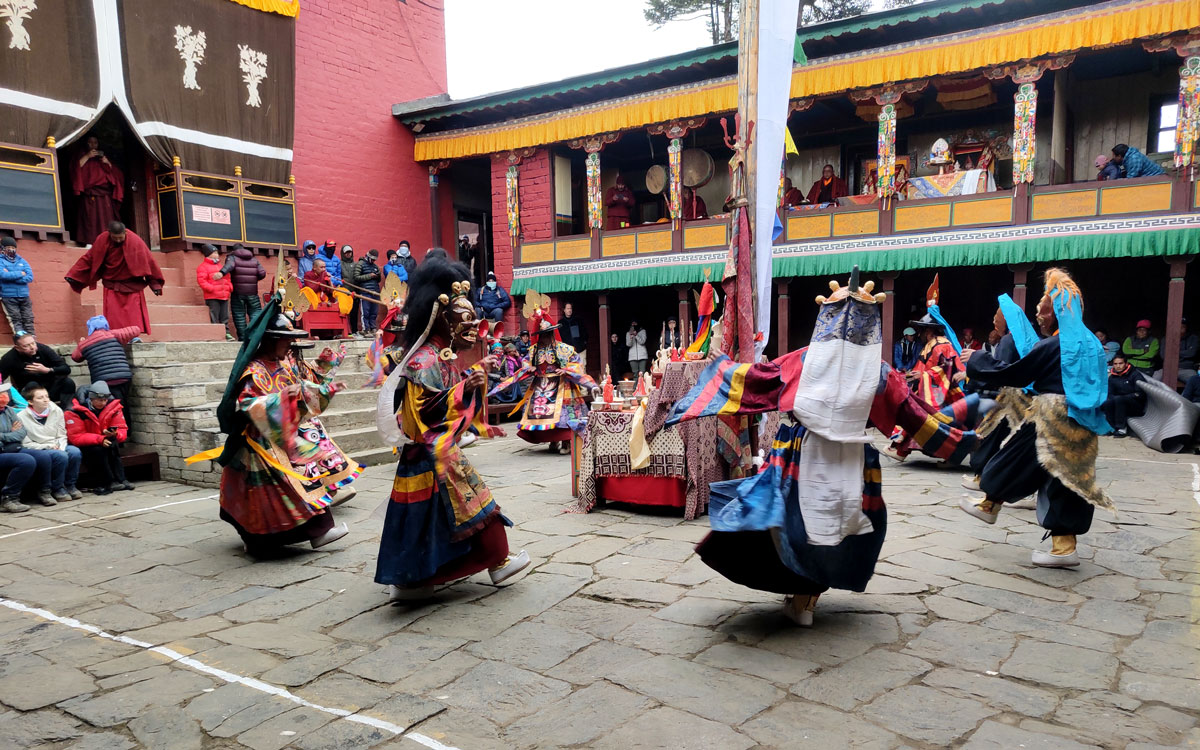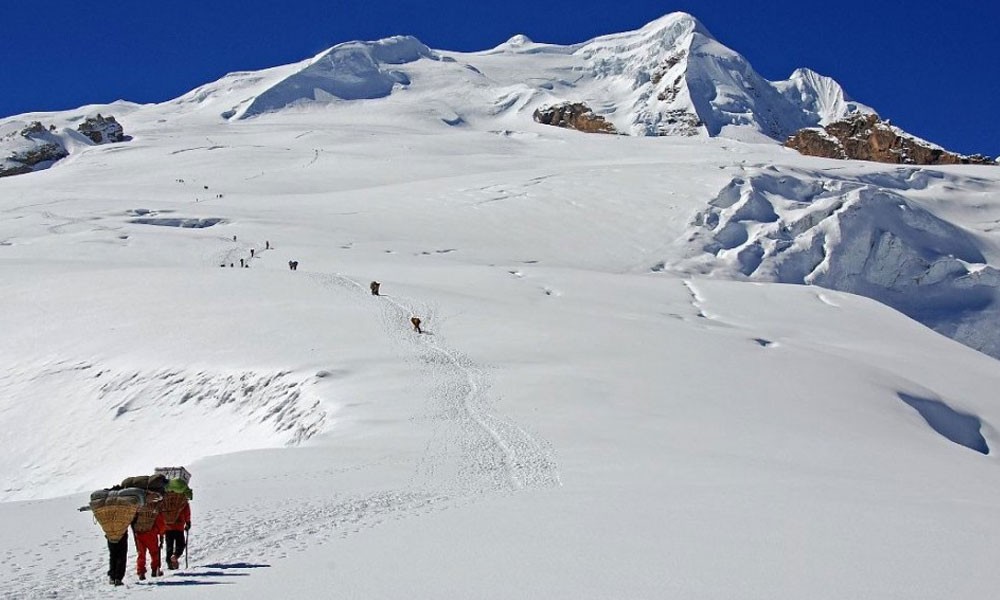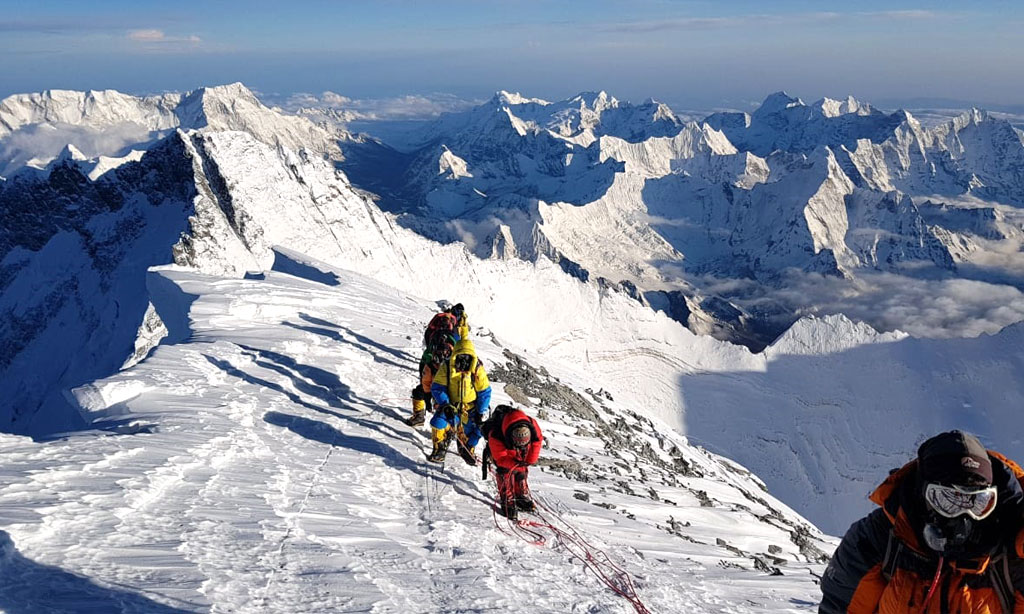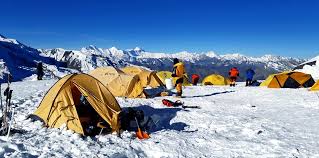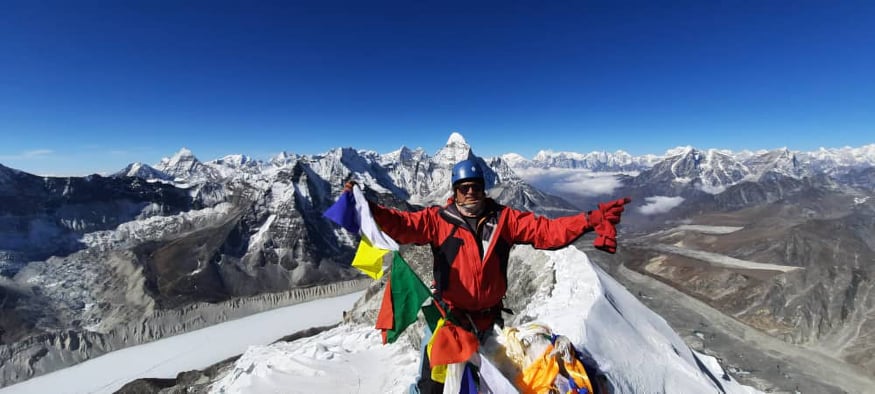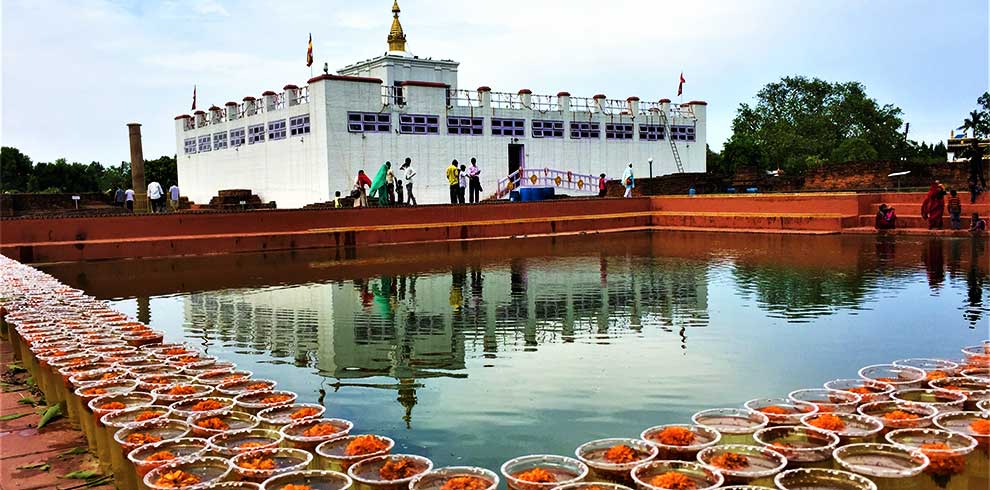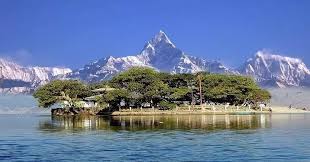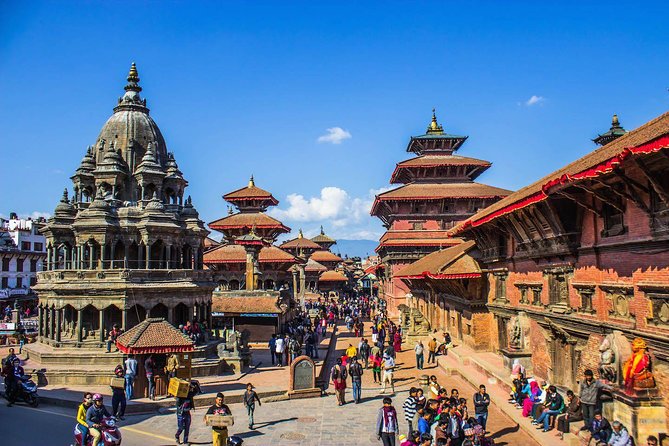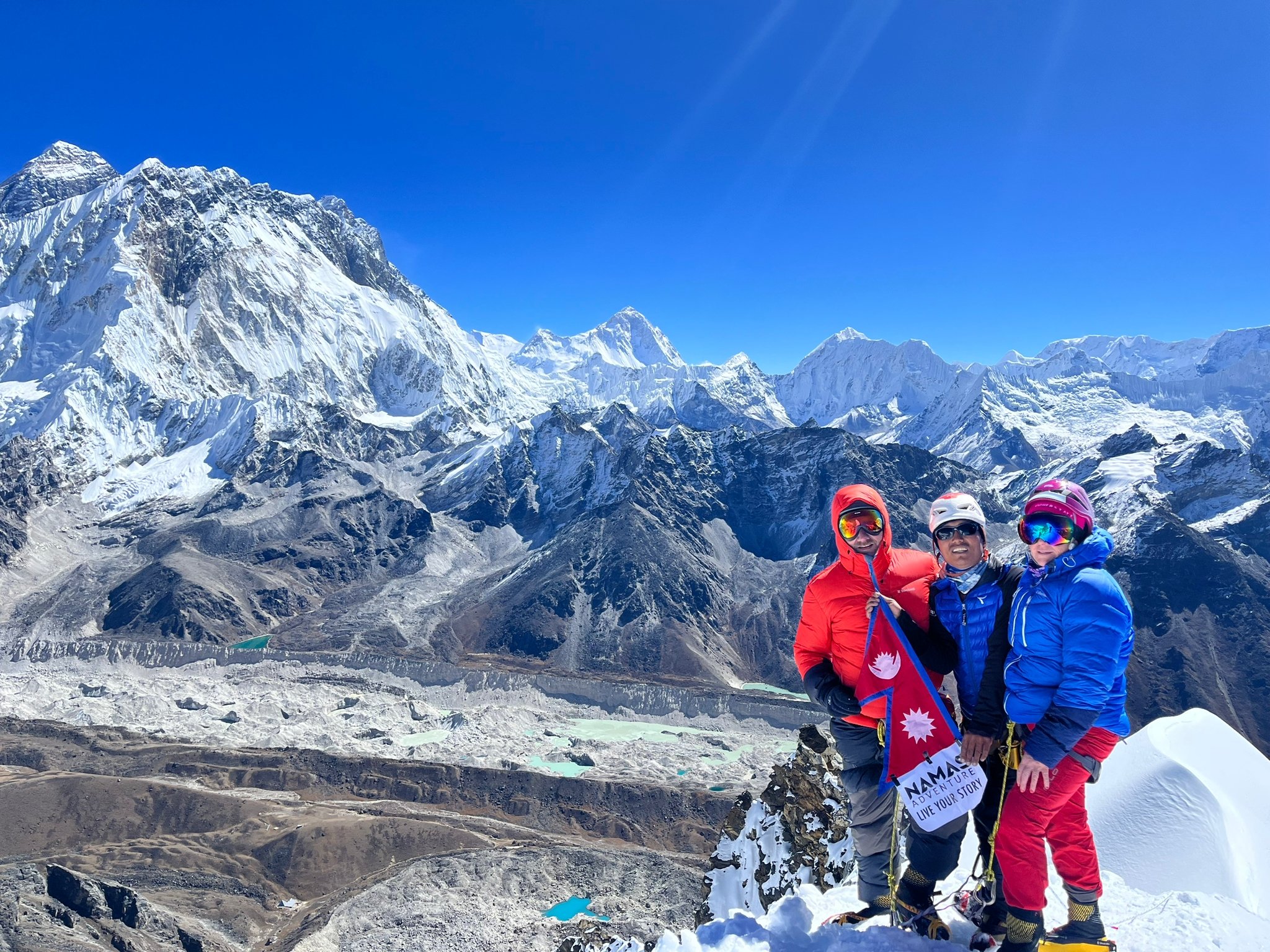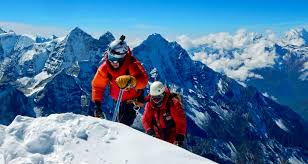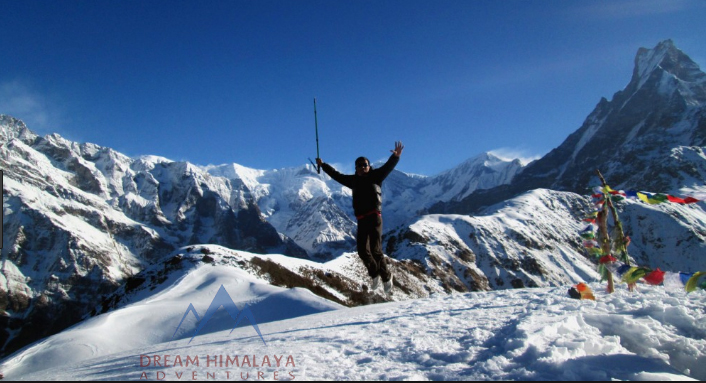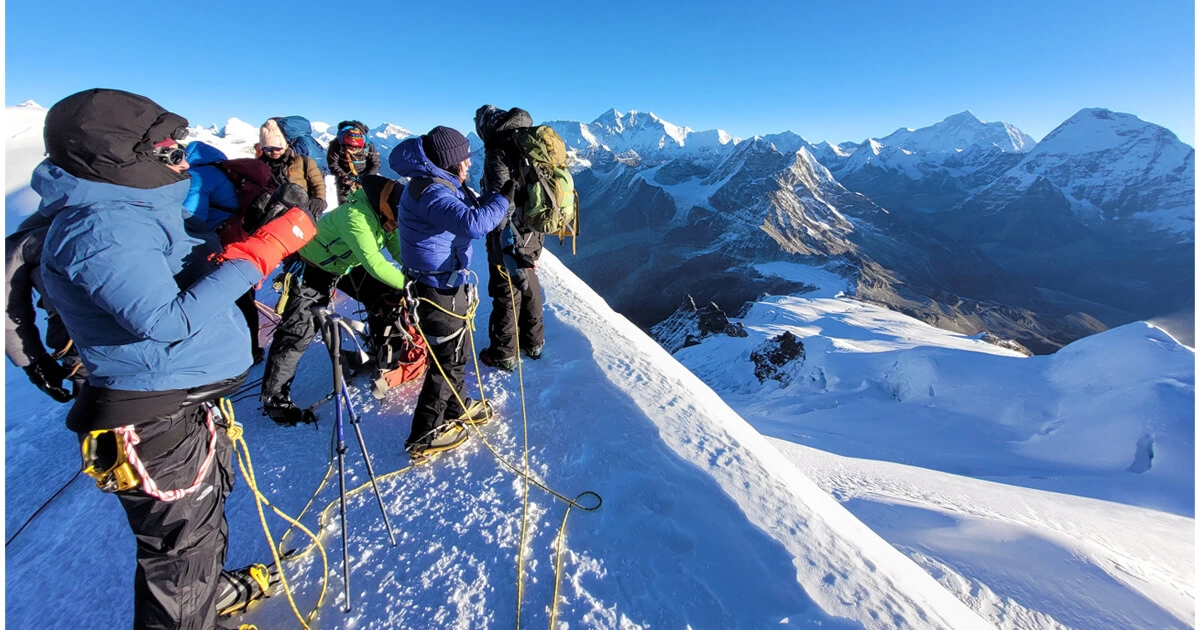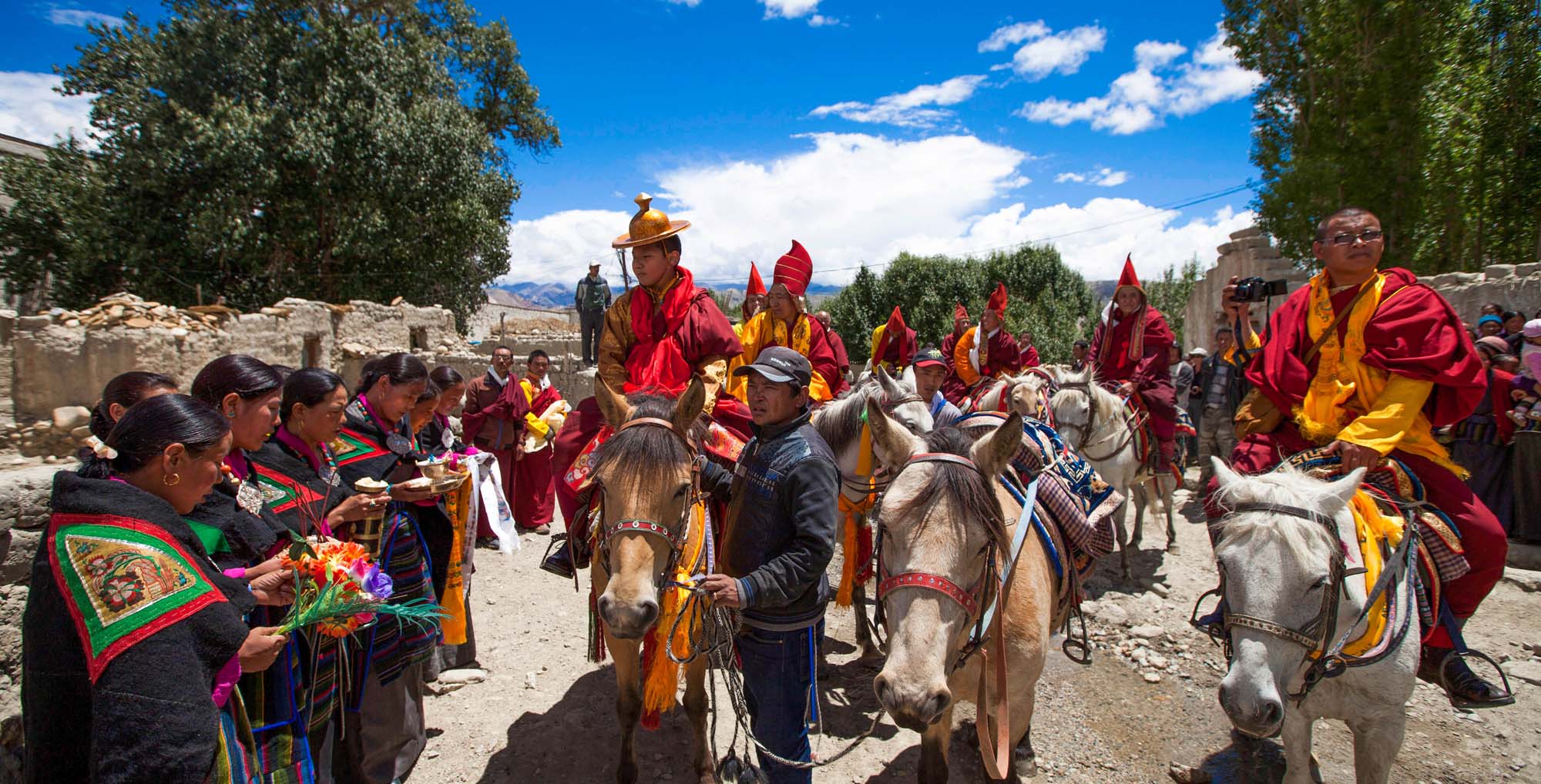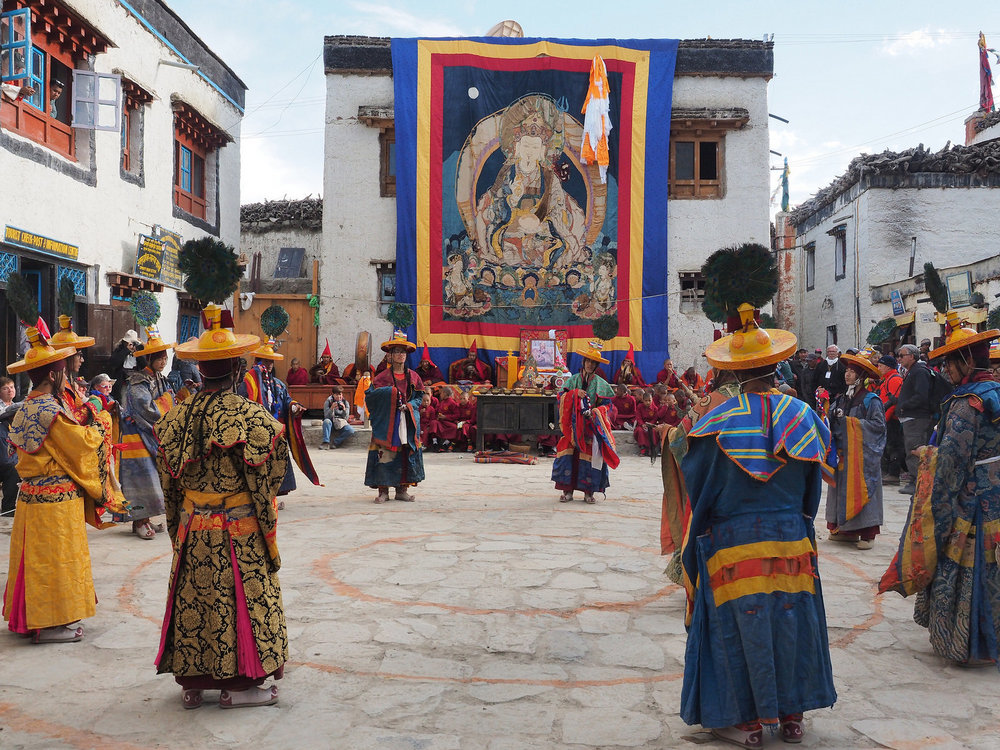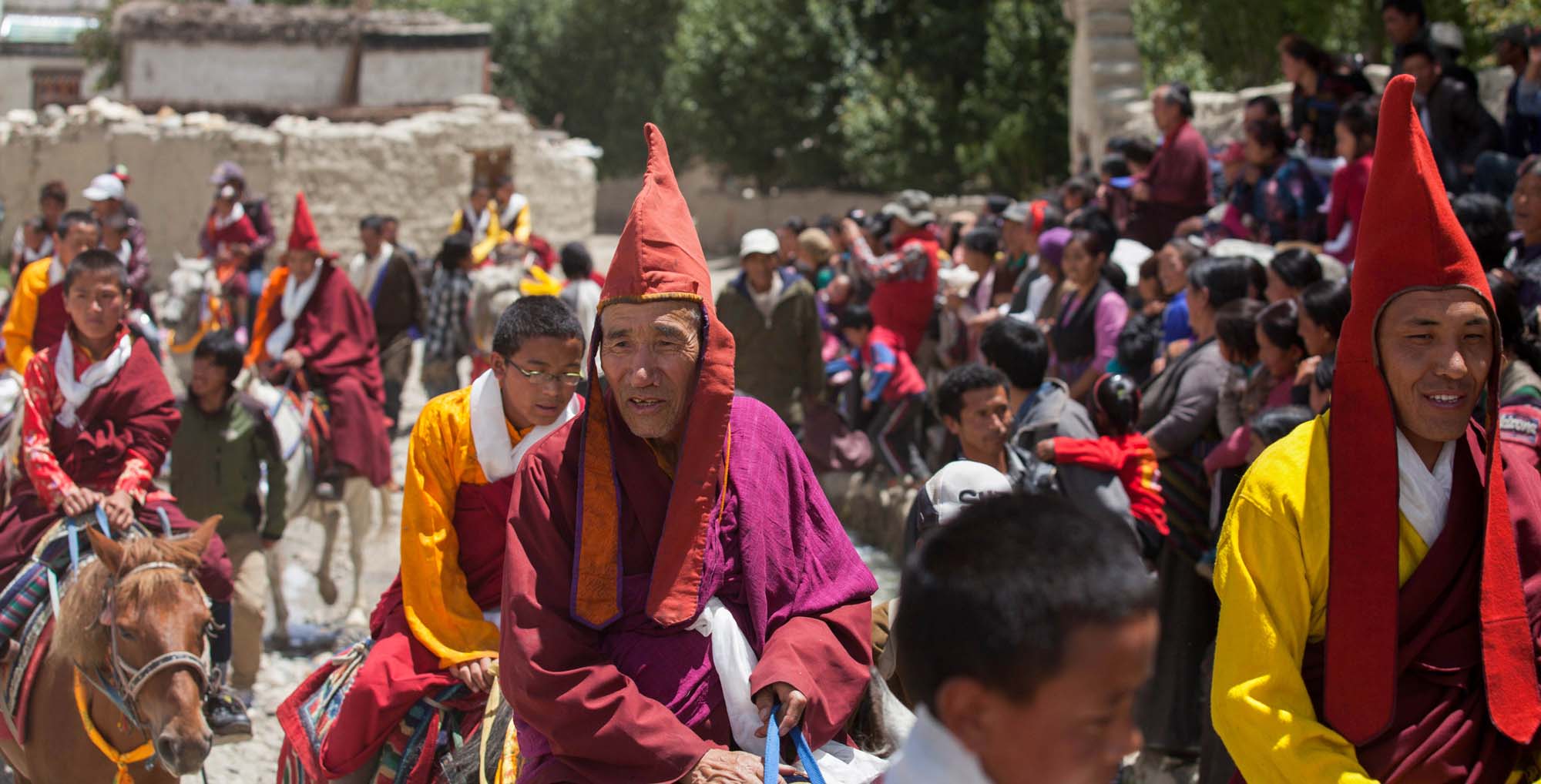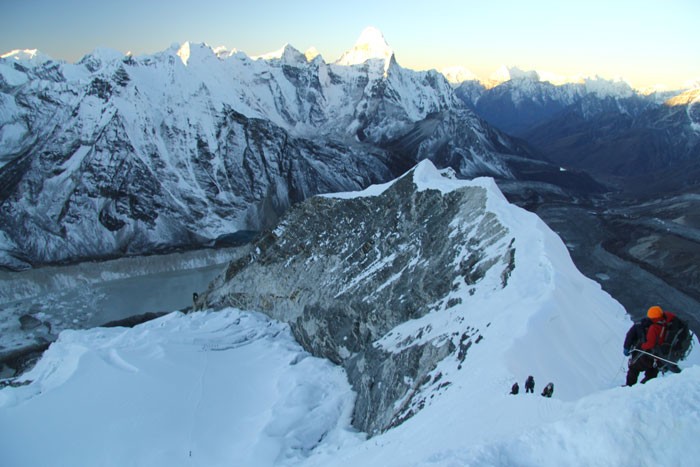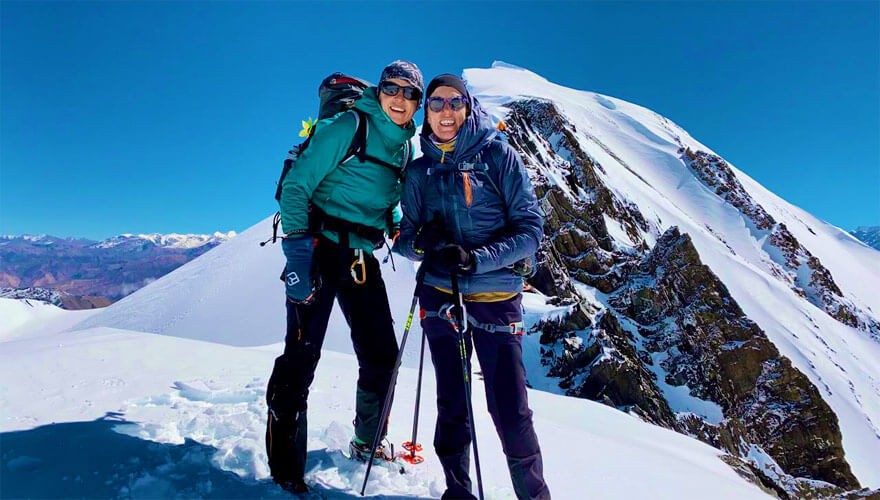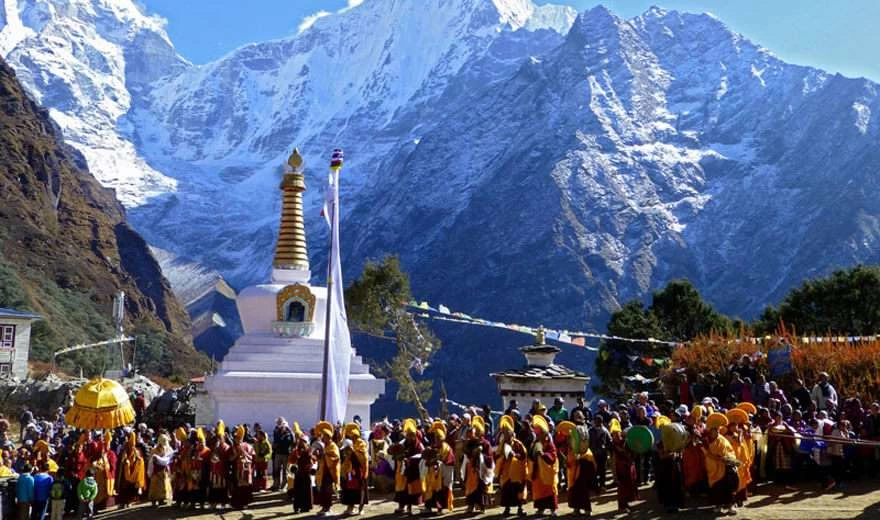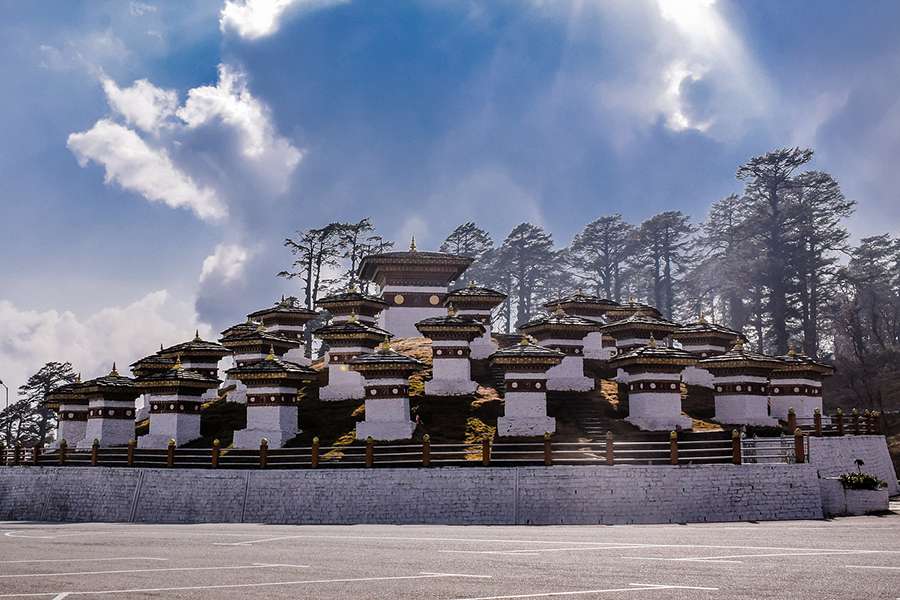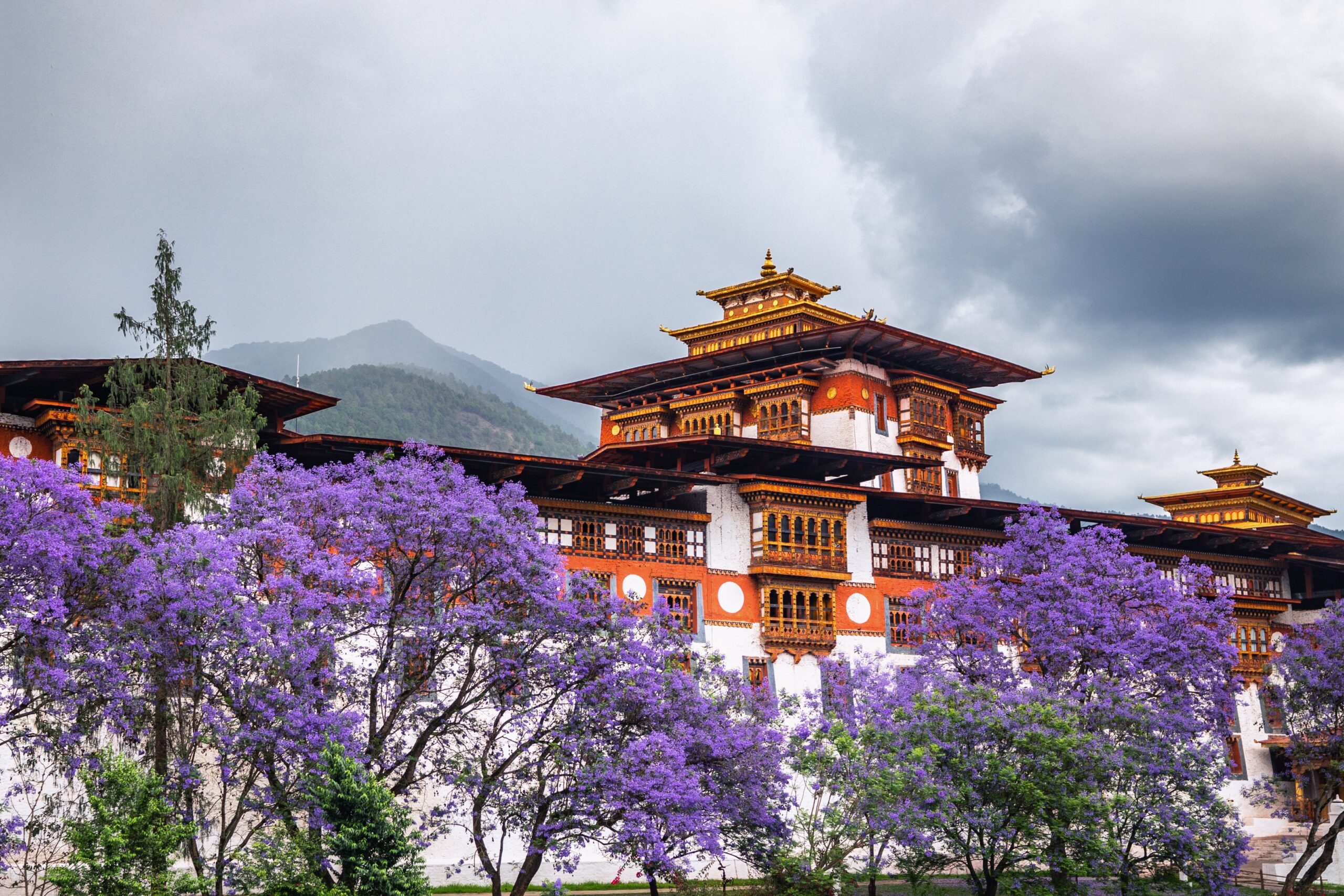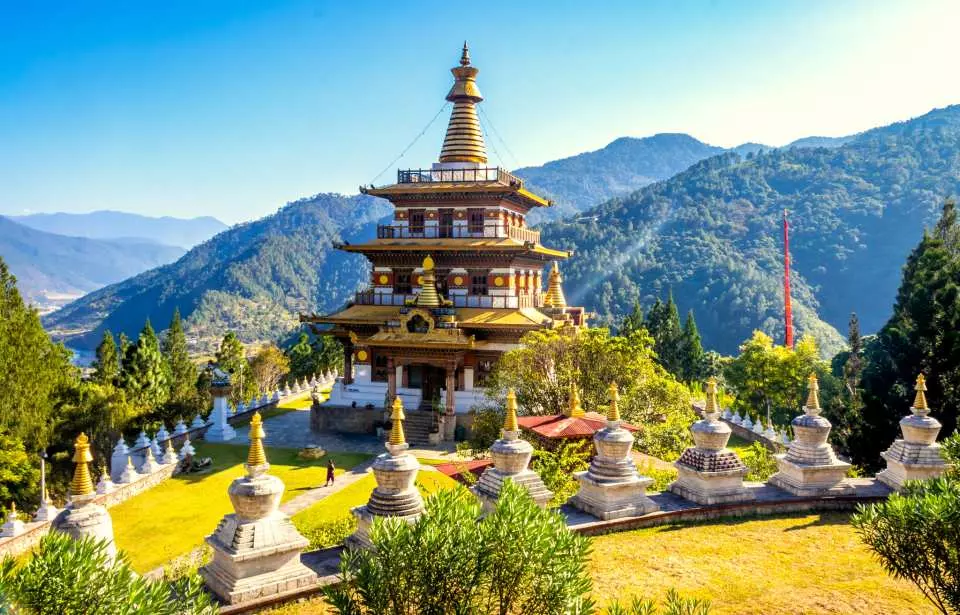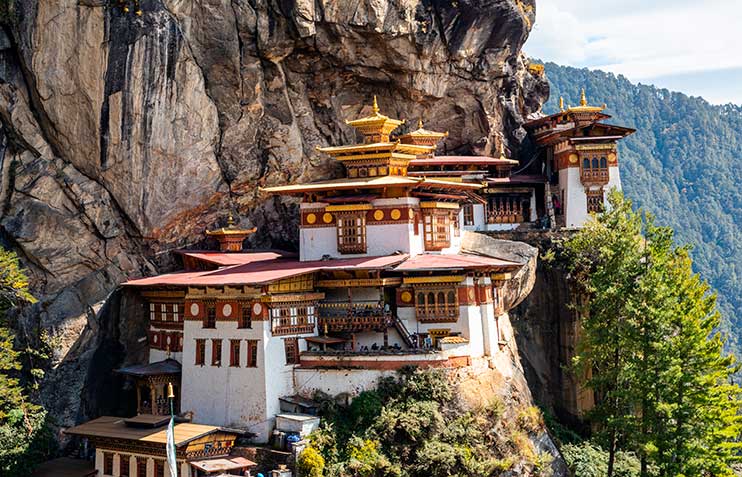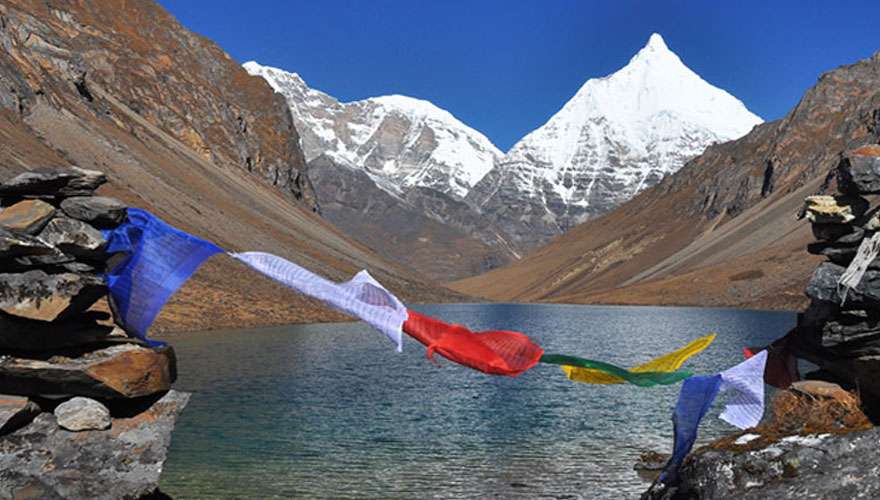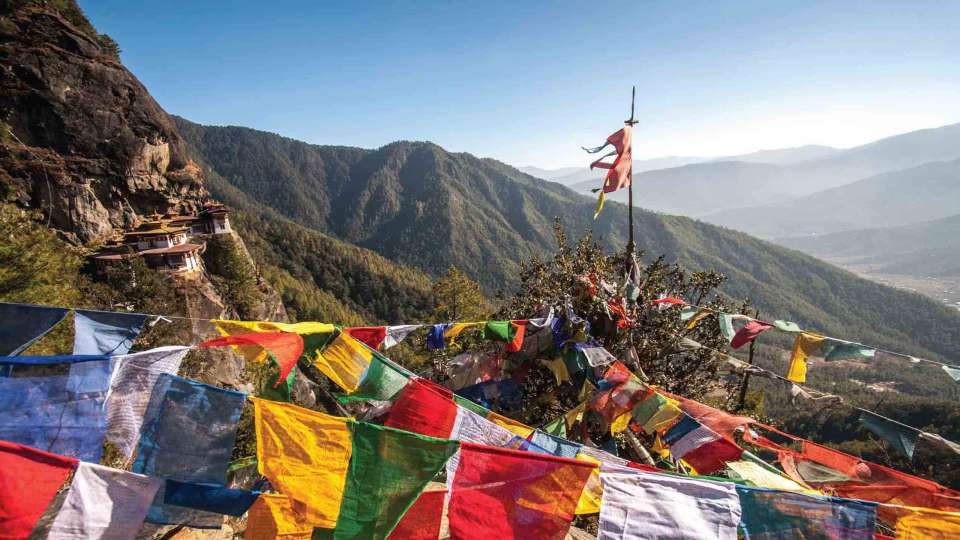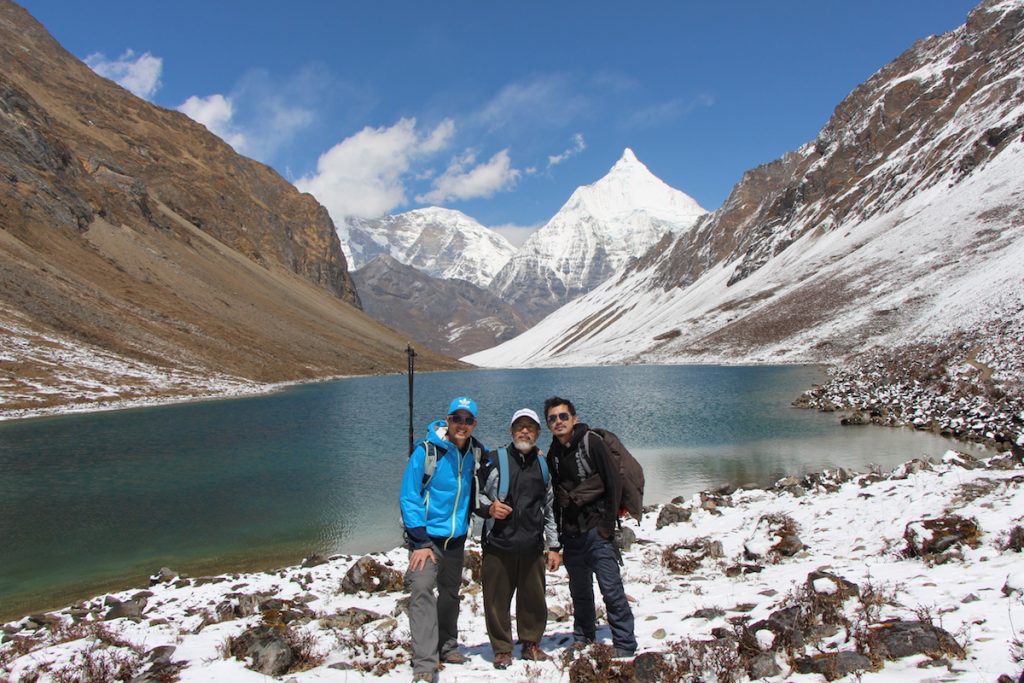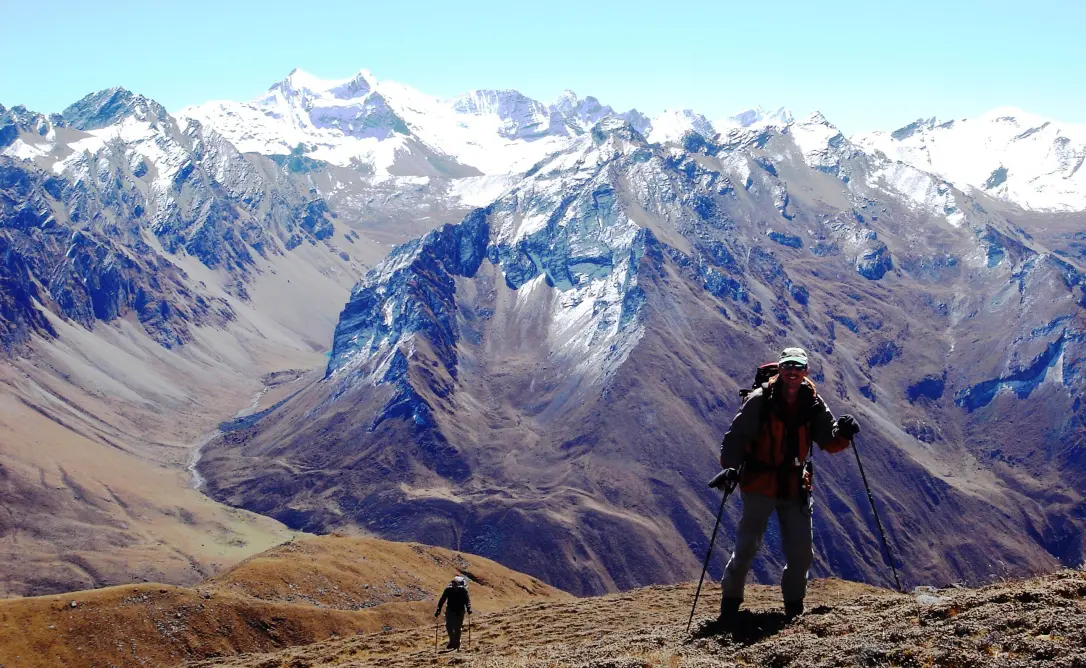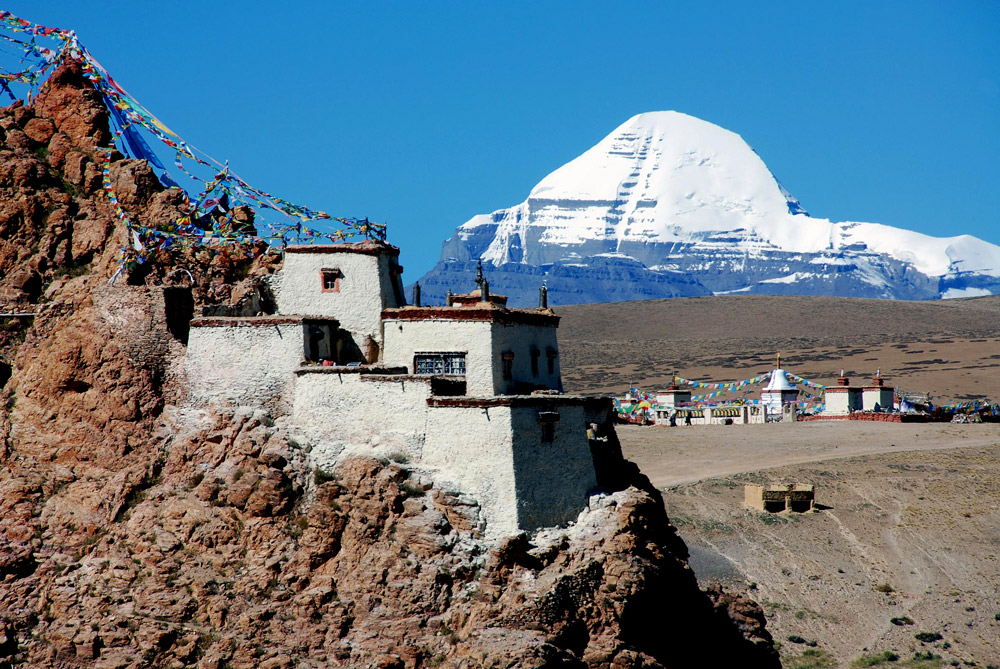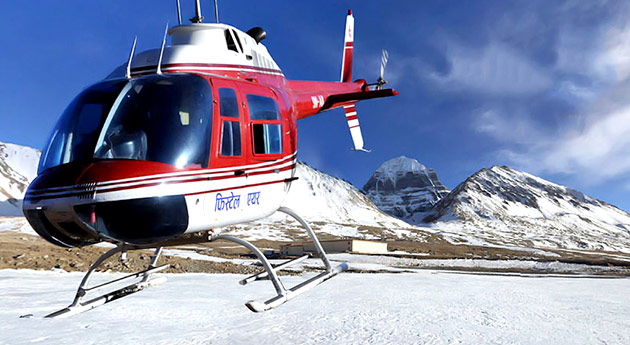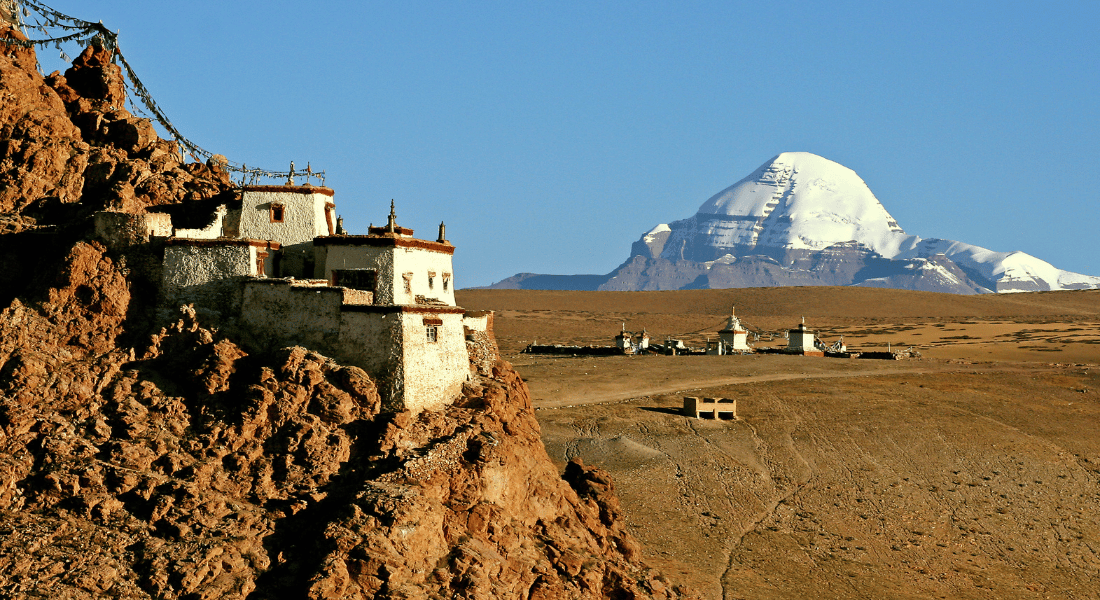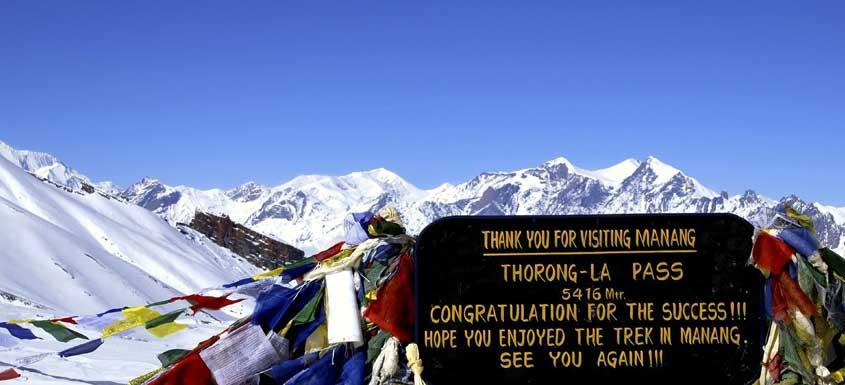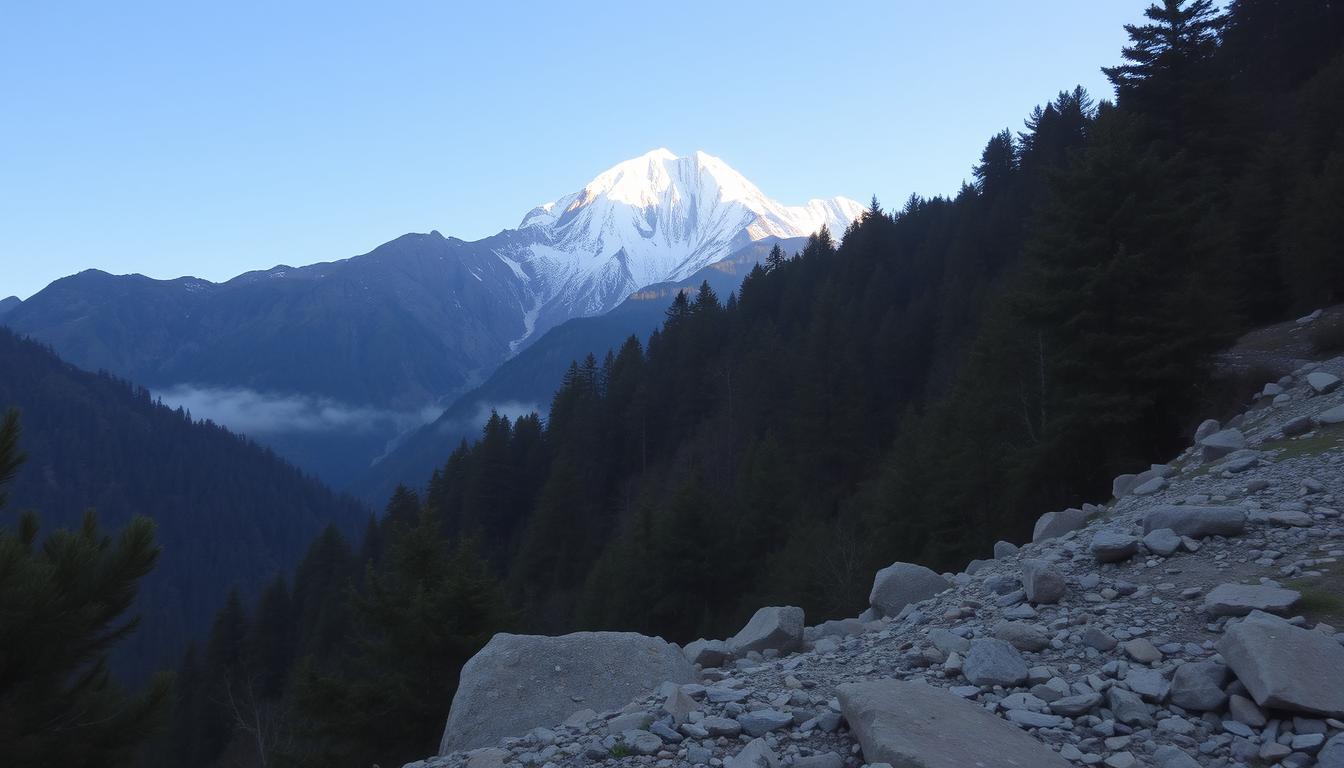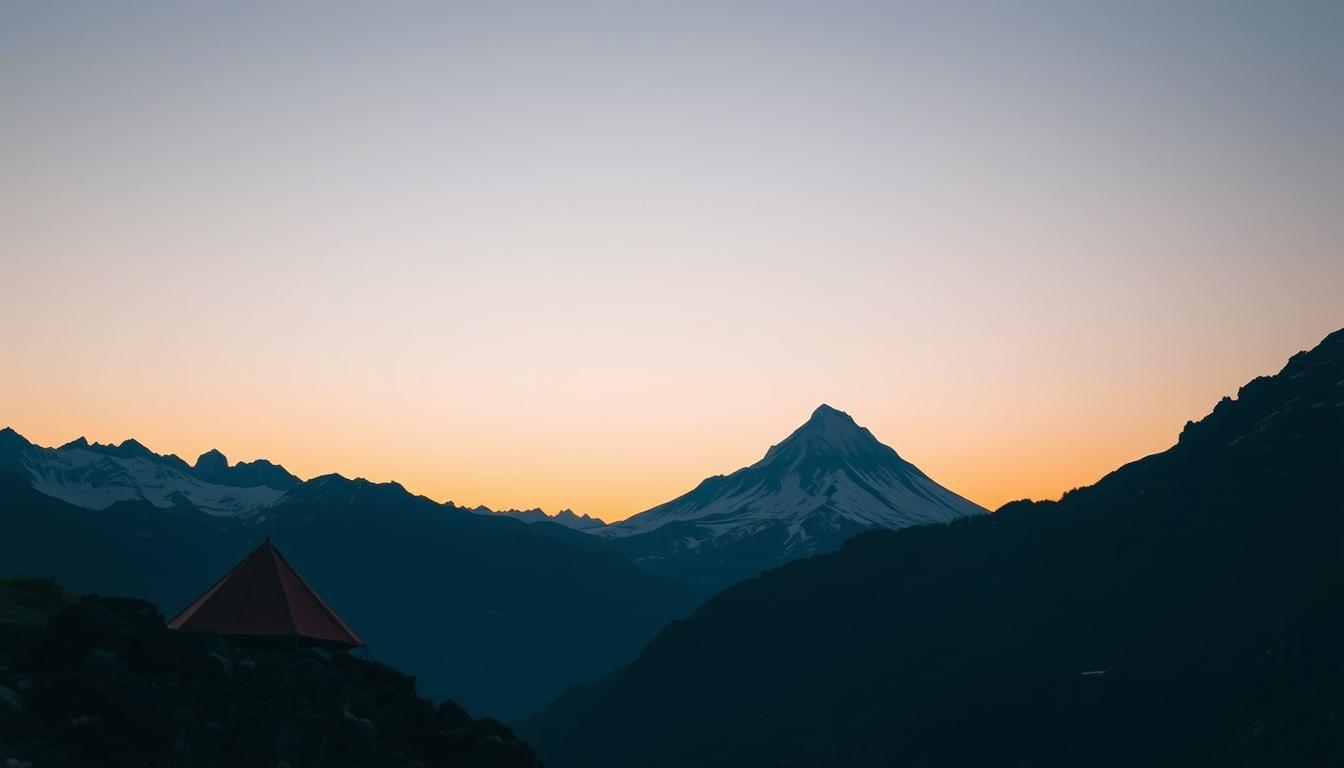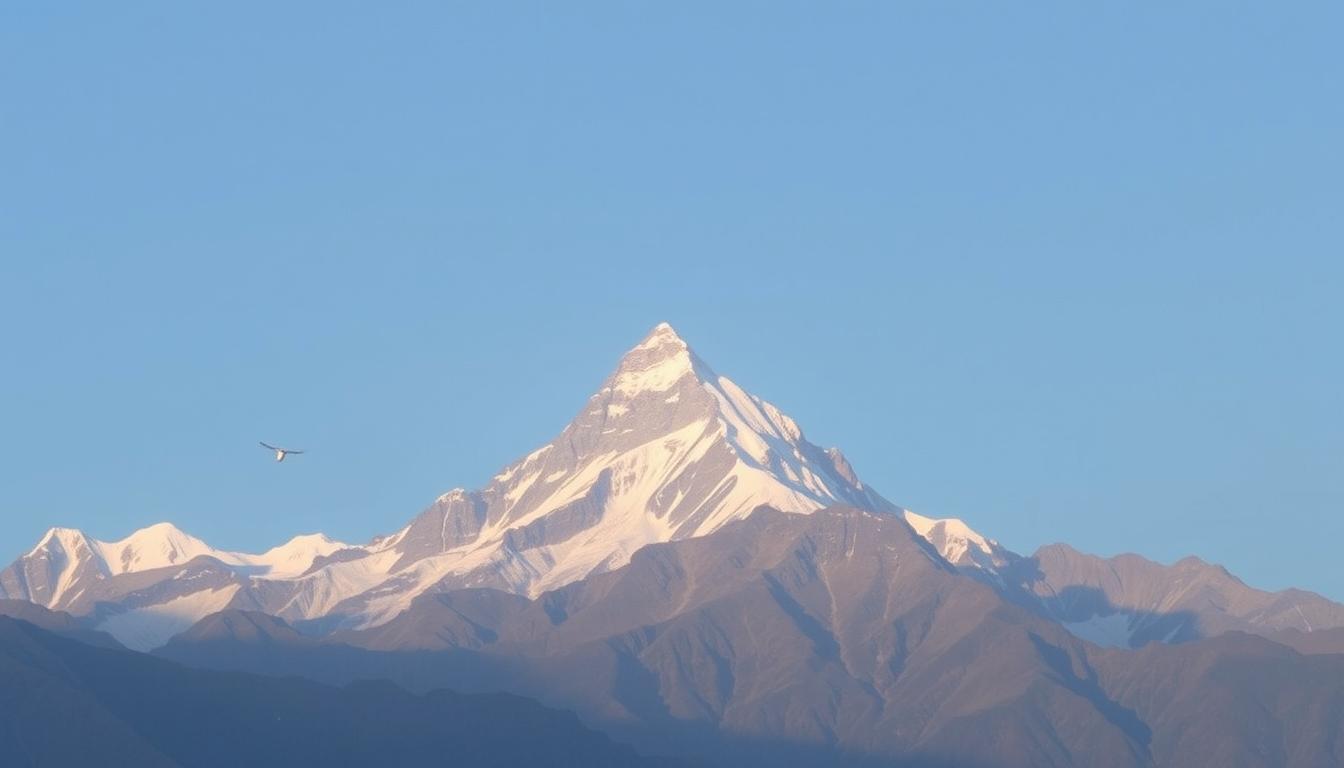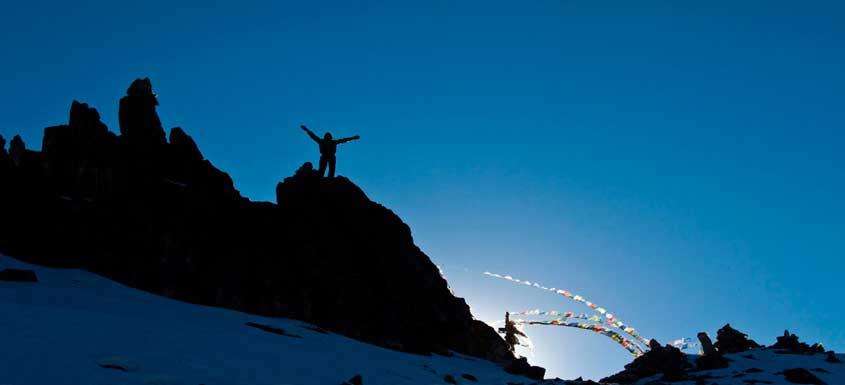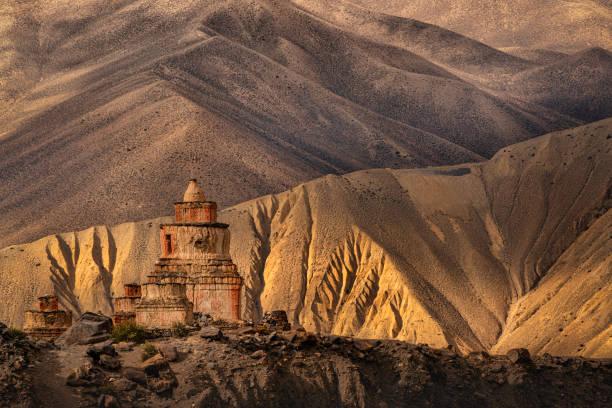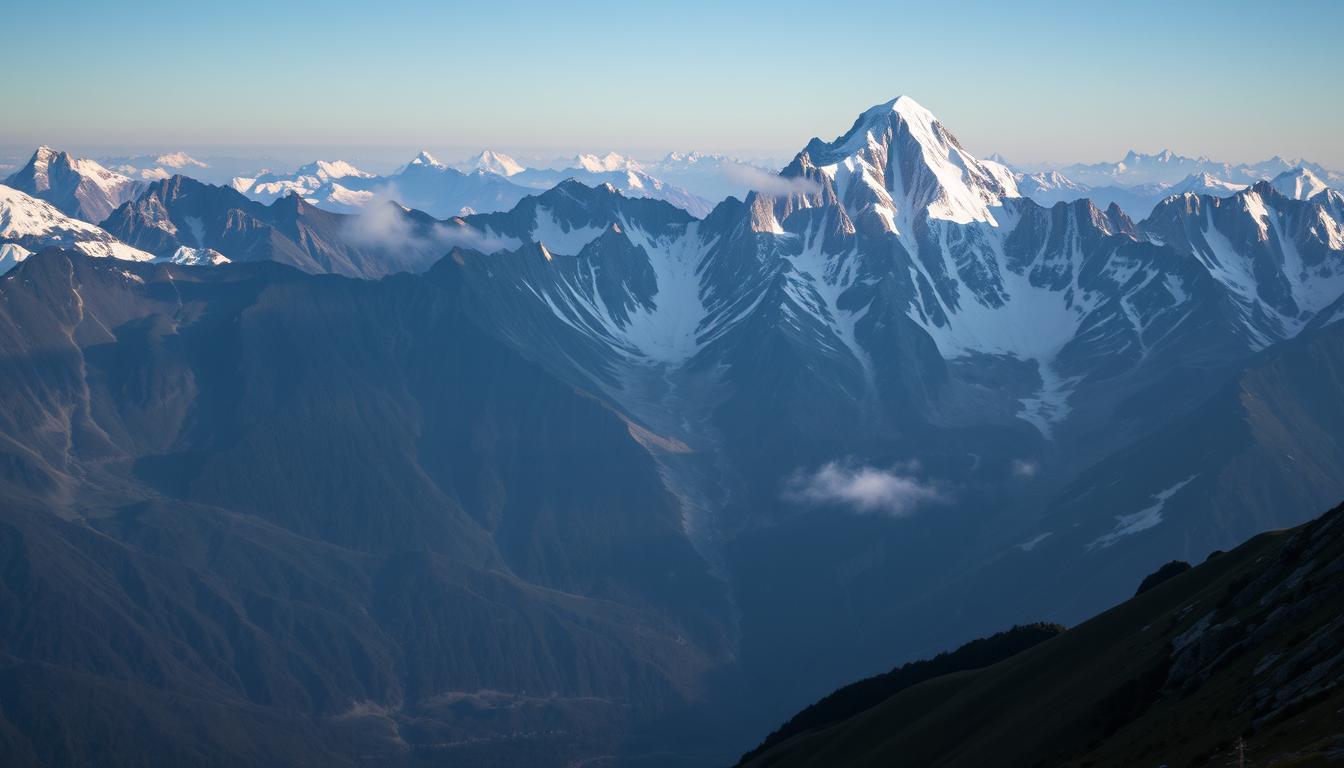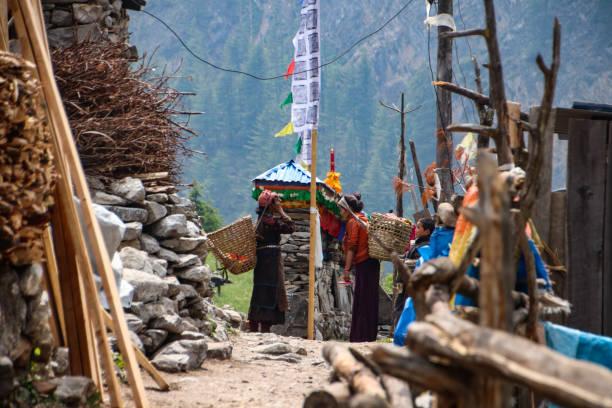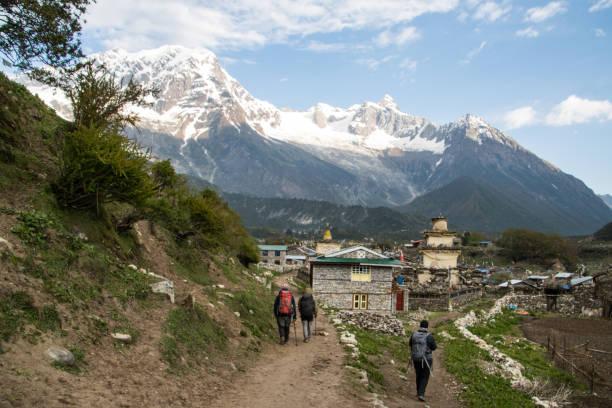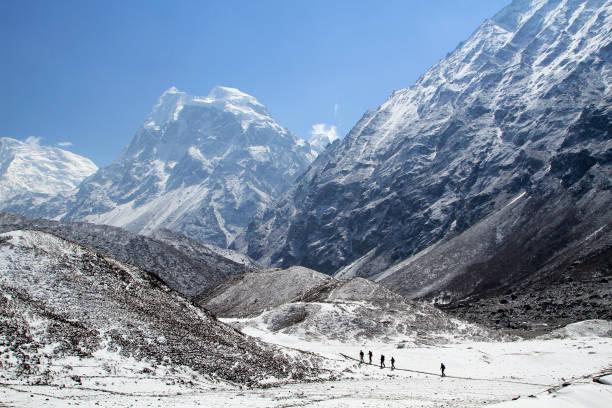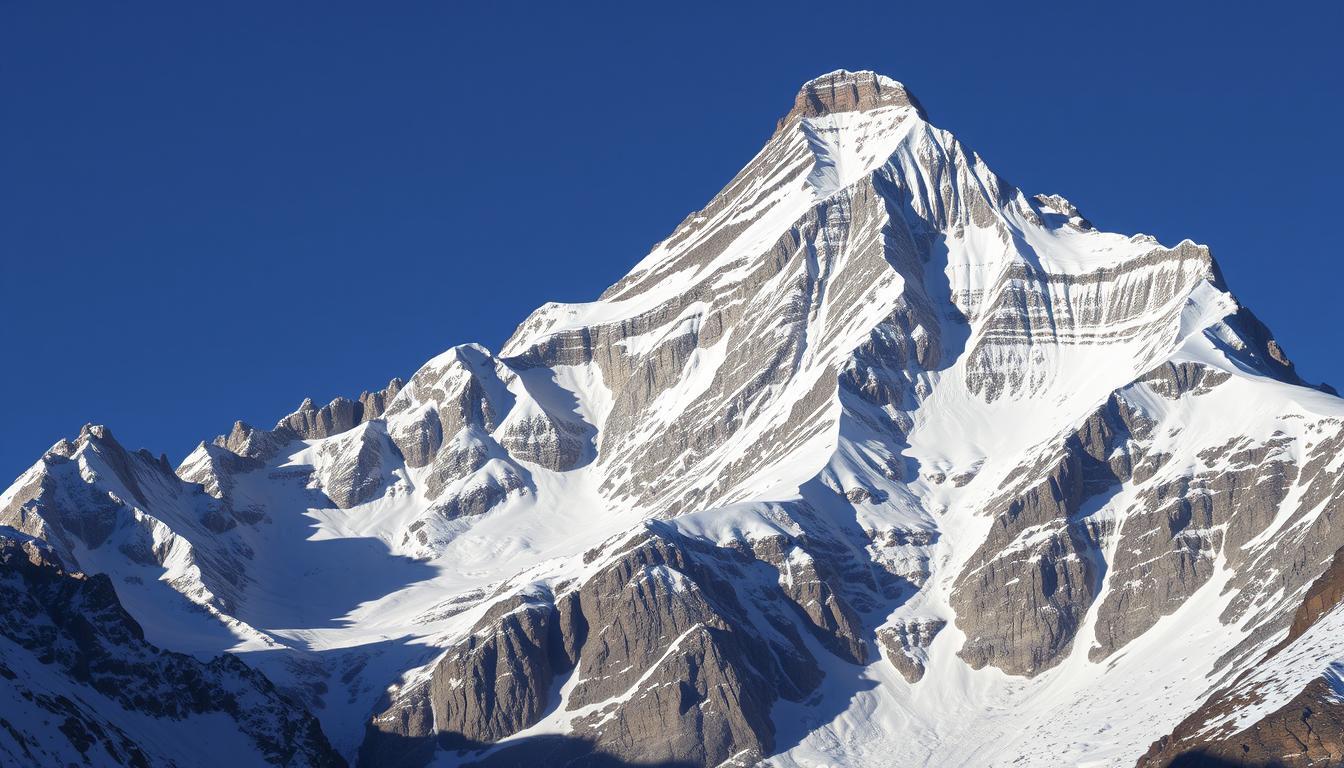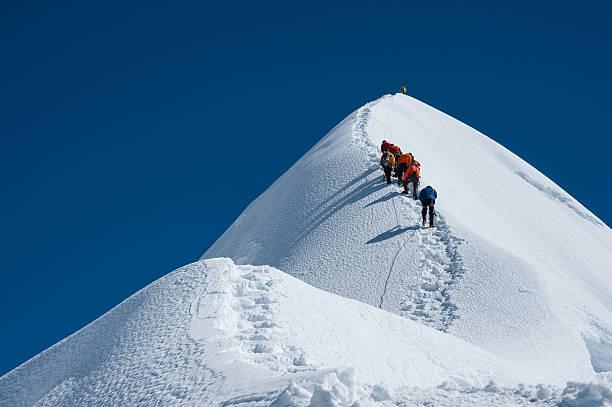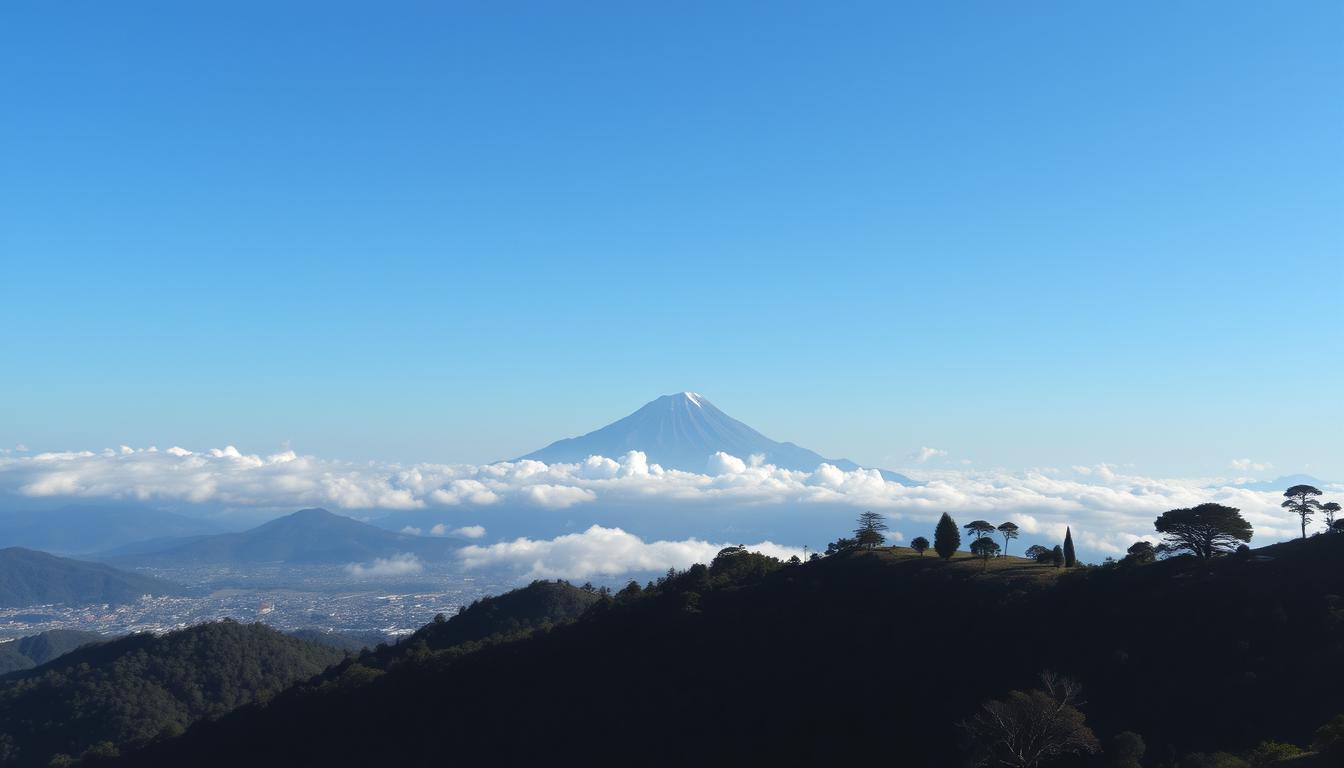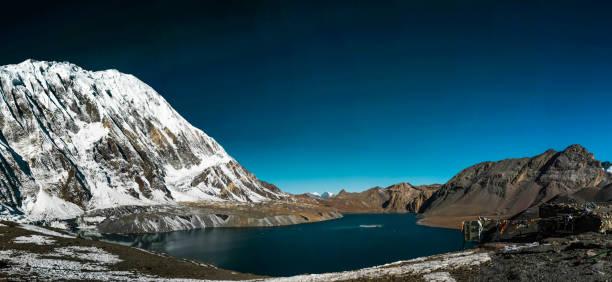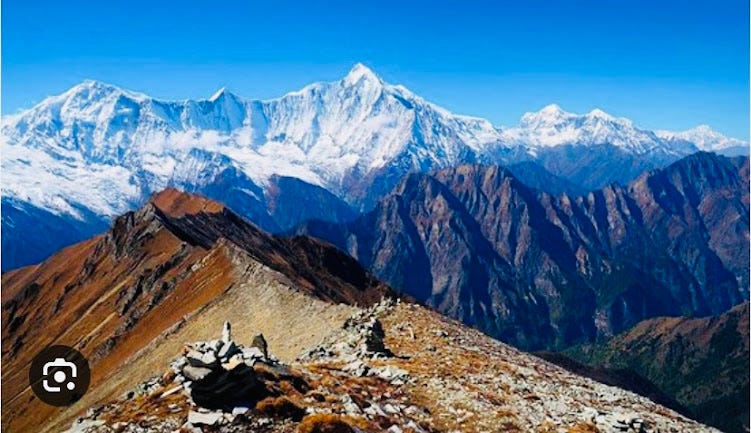Baruntse Expedition: Climbing the Hidden Himalayan Gem
- Home
- Baruntse Expedition: Climbing the Hidden Himalayan Gem
Budget
NPR 1000
Per Person
Rating
No review has been posted yet
Duration
50 Days
Trip Overview
Baruntse is a majestic peak standing at 7,129 meters (23,406 feet) in the remote eastern part of Nepal’s Himalayas. While not as famous as Everest or Annapurna, Baruntse offers a challenging, technical climb with stunning views of surrounding giants like Everest, Lhotse, and Makalu. It is an excellent choice for climbers seeking a less crowded and rewarding high-altitude expedition.
This guide covers everything about Baruntse expeditions, including Sherpa support, permits, location, travel logistics, itineraries, costs, and necessary equipment.
Location and Overview
Baruntse is located in the Makalu-Barun National Park in eastern Nepal, close to the Nepal-Tibet border. The peak is part of the Barun subrange and lies near the Barun glacier valley.
The region is protected by Makalu-Barun National Park, renowned for its pristine environment, diverse flora and fauna, and dramatic Himalayan landscapes.
Baruntse’s proximity to Everest, Lhotse, and Makalu provides spectacular panoramic views from the summit, making it a sought-after expedition for seasoned climbers.
Sherpa Guides: Essential Support for Success
Sherpa guides play an indispensable role in any Himalayan expedition. For Baruntse, experienced Sherpa guides provide:
- Route preparation: Setting fixed ropes and ladders on technical sections.
- Load carrying: Transporting heavy gear between camps.
- High altitude expertise: Navigating glaciers, crevasses, and steep ice.
- Summit assistance: Leading climbers during the crucial final ascent.
- Emergency support: Providing medical aid and coordinating rescues if needed.
Hiring Sherpa guides familiar with the Makalu-Barun region increases safety and maximizes the chance of a successful summit.
Book This Trip
Trip Information
 Start : Kathmandu
Start : Kathmandu Finish : Kathmandu
Finish : Kathmandu Difficulty :
Moderate
Difficulty :
Moderate
 Max Altitude : 7129m
Max Altitude : 7129m Group Size :
Group Size :  Season :
Season :
Trip Gallery
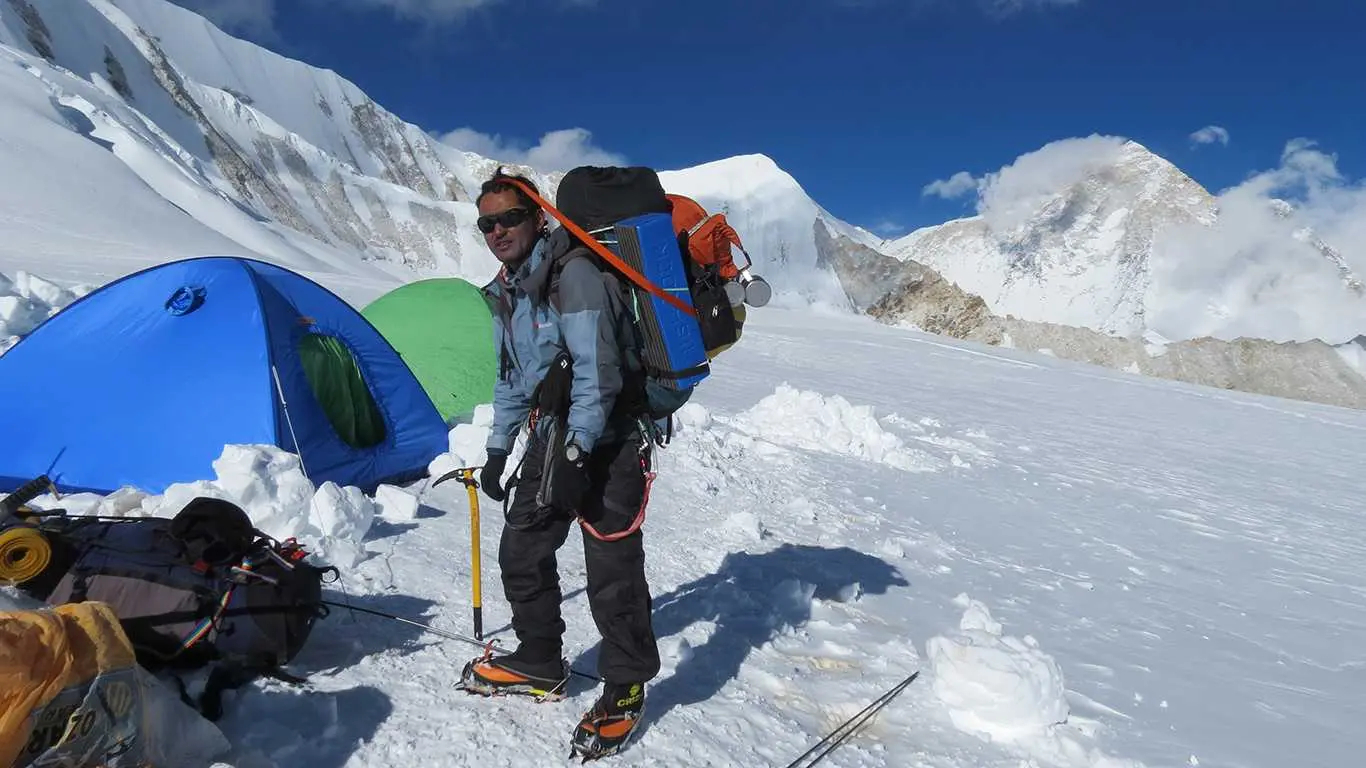
Trip Itinerary
Arrival, gear checks, permits, and briefing.
Fly or drive to Tumlingtar.Trek through villages and forests to Base Camp.
Establish Base Camp.Conduct acclimatization rotations to Camp 1 (5,700 m), Camp 2 (6,200 m), Camp 3 (6,600 m), and Camp 4 (7,000 m).Summit push from Camp 4.Descend safely back to Base Camp.
Trek back to Tumlingtar.Fly or drive to Kathmandu.
Cost Includes
- Baruntse climbing permits and park fees.
- Domestic transportation Kathmandu–Tumlingtar–Kathmandu.
- Salaries, insurance, and equipment for Sherpa guides and porters.
- Food, accommodation, and tents during trek and expedition.
- Fixed ropes, ladders, and climbing gear provided by the expedition.
- Supplemental oxygen (if required).
- Government taxes and liaison officer fees.
Typical Cost Range:
Expect to pay USD 25,000 to 45,000, depending on expedition style, support, and duration.
- Baruntse climbing permits and park fees.
- Domestic transportation Kathmandu–Tumlingtar–Kathmandu.
- Salaries, insurance, and equipment for Sherpa guides and porters.
- Food, accommodation, and tents during trek and expedition.
- Fixed ropes, ladders, and climbing gear provided by the expedition.
- Supplemental oxygen (if required).
- Government taxes and liaison officer fees.
Typical Cost Range:
Expect to pay USD 25,000 to 45,000, depending on expedition style, support, and duration.
Read MoreCost Excludes
- International airfare to/from Nepal.
- Personal climbing gear and clothing.
- Travel and medical insurance.
- Tips for Sherpa guides and staff.
- Personal expenses such as phone, snacks, and souvenirs.
- Emergency helicopter evacuation (optional).
- International airfare to/from Nepal.
- Personal climbing gear and clothing.
- Travel and medical insurance.
- Tips for Sherpa guides and staff.
- Personal expenses such as phone, snacks, and souvenirs.
- Emergency helicopter evacuation (optional).
Essential Info
Permits and Regulations
Climbers require official permits to attempt Baruntse, issued by the Nepalese government. Permits help regulate access and preserve the fragile ecosystem.
1. Climbing Permit for Baruntse
- Cost: Approximately USD 1,000–2,000 depending on the season and negotiation.
- Issued by the Ministry of Tourism.
2. Makalu-Barun National Park Entry Permit
- Cost: NPR 3,000 (~USD 25).
- Required for all trekkers and climbers entering the park.
3. Local Area Permit
- Fees apply to support local communities and conservation efforts.
An expedition must also register with the Nepal Mountaineering Association (NMA) and submit proof of insurance covering high-altitude medical emergencies and evacuation.
Airport and Access
Extra Info
Essential Equipment for Baruntse Expedition
Baruntse’s terrain involves glacier travel, ice climbing, and high-altitude exposure, necessitating specialized mountaineering gear:
Clothing
High-altitude insulated down suit.
Layered clothing system: moisture-wicking base layers, fleece, softshell, and waterproof shells.
Mountaineering boots compatible with crampons.
Warm gloves and mittens.
Balaclava, neck gaiter, and thermal socks.
Climbing Gear
Helmet.
Harness, carabiners, ascenders, descenders.
Ice axe and crampons.
Fixed rope gear (provided by expedition).
Trekking poles.
Headlamp with extra batteries.
Glacier sunglasses or goggles.
Camping and Safety
Four-season sleeping bag rated for -30°C or colder.
Supplemental oxygen and regulators (if used).
First aid kit and personal medication.
Satellite phone or radio for communication.
Personal hygiene items for cold, remote conditions.
Trip Date And Time
We'll Be There, Like We've Been There Before
|
Departing |
Finishing |
Trip Price Per Person |
Action |
Enquire |
|---|---|---|---|---|
| No Trip Yet!! | ||||
